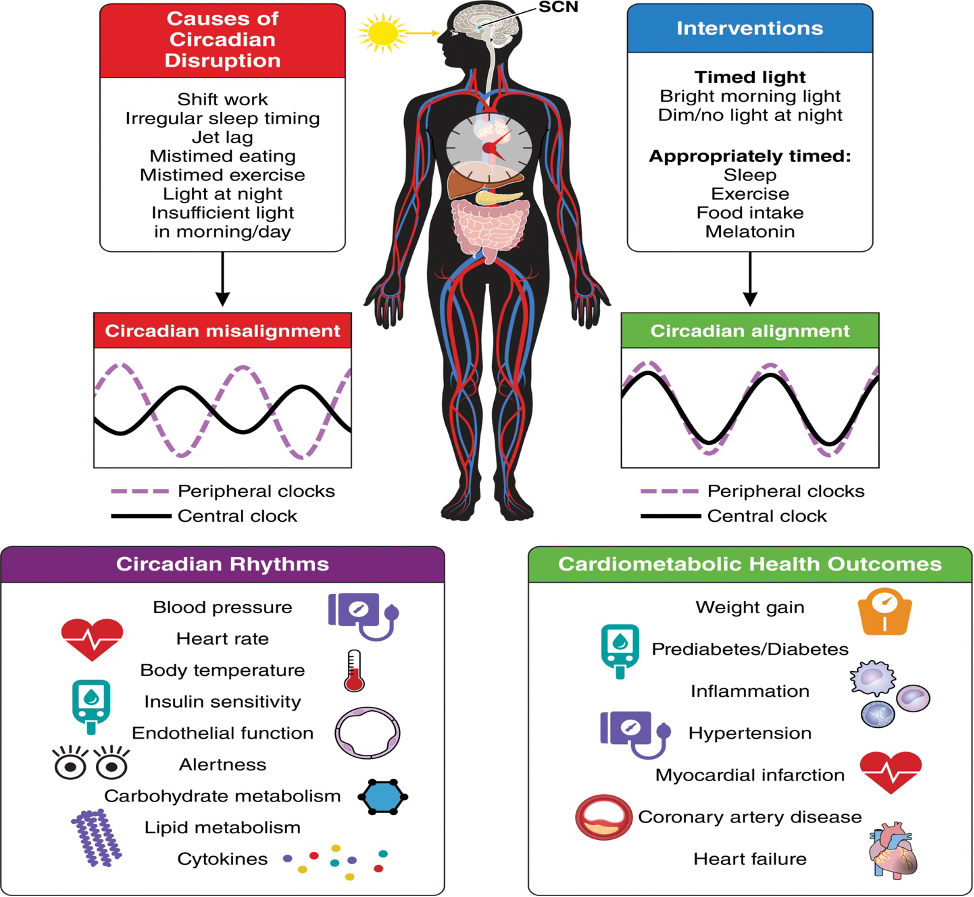Burnout: Part 5: A Systemic Fatigue Problem
Hello again everyone:
In the last newsletter, we unwound the controversy between stages of conditions where things are either white, black or grey…and with burnout, we went over the point that burnout is mostly a grey condition and should be called HPA axis dysregulation or dysfunction. We also mentioned that it most often results from chronic stress of multiple types that add up to create the feelings, signs and symptoms of burnout.
When the cumulative stress of life grinds down our stress response systems, our mental, physical and biochemical reactions can become dysregulated, or dysfunctional. This is when we see things in the lab tests like the elevated or low morning cortisol, but overall normal total cortisol amounts in a day. Or we see that cortisol is low or normal all day but high at night when it should be at the lowest levels, and so on…the point is that these abnormal levels do not represent a disease (Addison’s or Cushing’s), but do represent an abnormal response to the cumulative stress burdens we are experiencing (a shade of grey situation).
When things are dysfunctional, it is usually more important to seek the underlying causes to the stress as well as support the stress response to become more functional. Please recall that ANY type of stress, (whether it is a cold or flu, a latent or hidden infection (Lyme or Strep or Mono etc.) in our gut or sinus or bladder etc., a poor diet, chemical exposures, financial stress, an autoimmune condition, digestive disorders, food intolerances or allergies of any type, poor sleep, too much or too little exercise, job stress, family stress, trauma new or old, pain, etc., etc.), too much screen time, will light up the stress response and that this response has effects across virtually all systems of our body. Stress can support or tear down:
· Immune function
· Gut and digestive functions
· Hormones (thyroid, ovarian, testicular,
· Blood sugar
· Brain function (fog, depression, anxiety, PTSD, cognition, memory)
· Joint health
· Energy production (fatigue states and mitochondrial health)
· Repair and pain inhibition (chronic degenerative conditions of any type)
· Inflammation across many sources
· Our ability to be resilient with adequate metabolic reserve
Here is a link to a good article that states these issues pretty well:
As Dr. Kresser states, HPA axis dysregulation is: “… a syndrome characterized by a mismatch between our modern diet and lifestyle and our innate stress–response system ( 5 ). All of these modern stressors impact the HPA axis, which in turn affects nearly every organ and system of the body, including the gut, brain, thyroid, metabolism, catabolism, and male and female reproductive system. This explains why the symptoms of HPA-D are so diverse and its effects can be so devastating.”
Bottom Line: Once we study how stress tears us down, we see that the HPA-D can result from multiple causes and thus requires a whole-person approach to restoring resiliency and health. In the next and last installment, I will cover the primary causes that I see in practice, and some simple home remedies.
The post Burnout: Part 5: A Systemic Fatigue Problem appeared first on RICHMOND CHIROPRACTIC NEUROLOGY.





